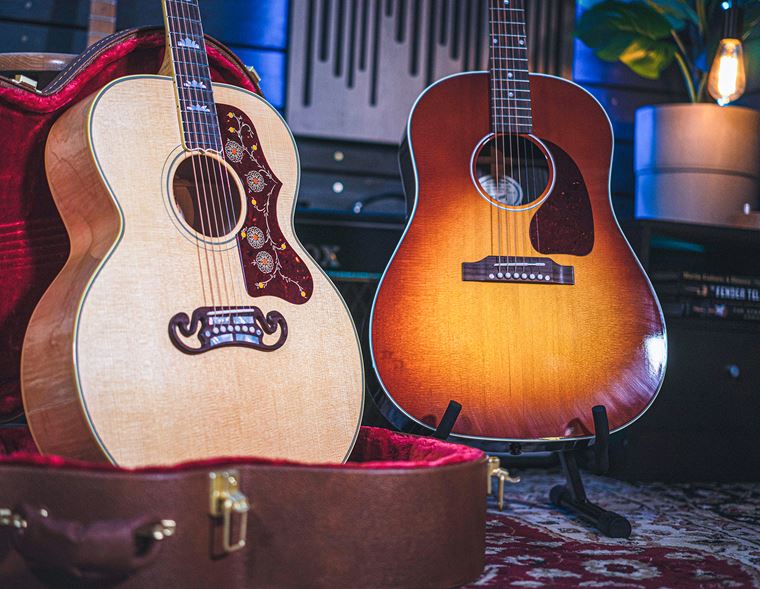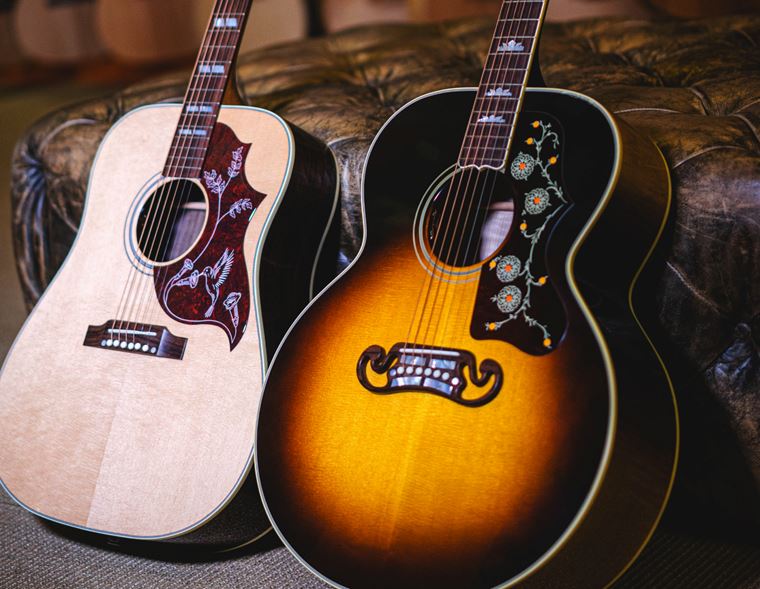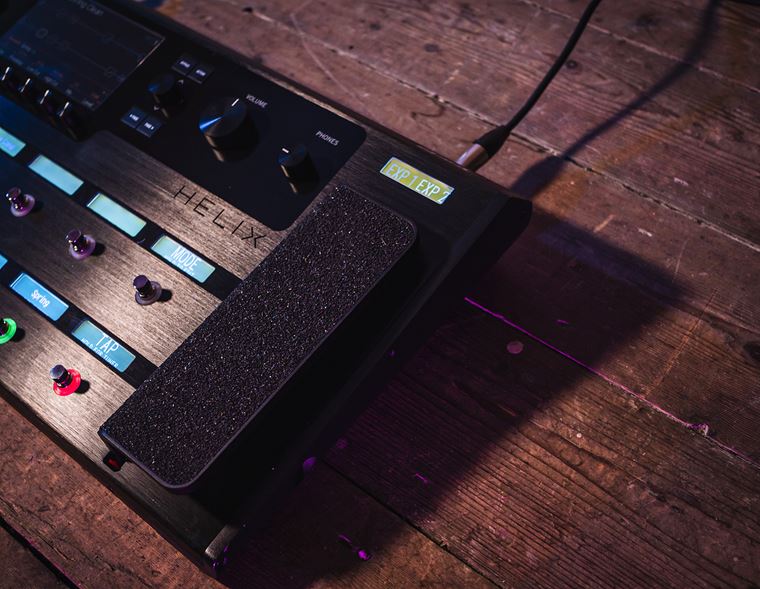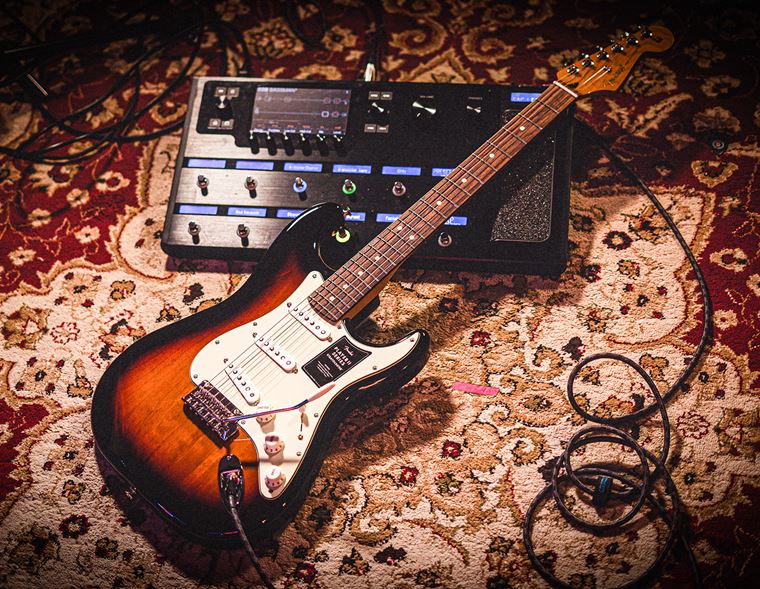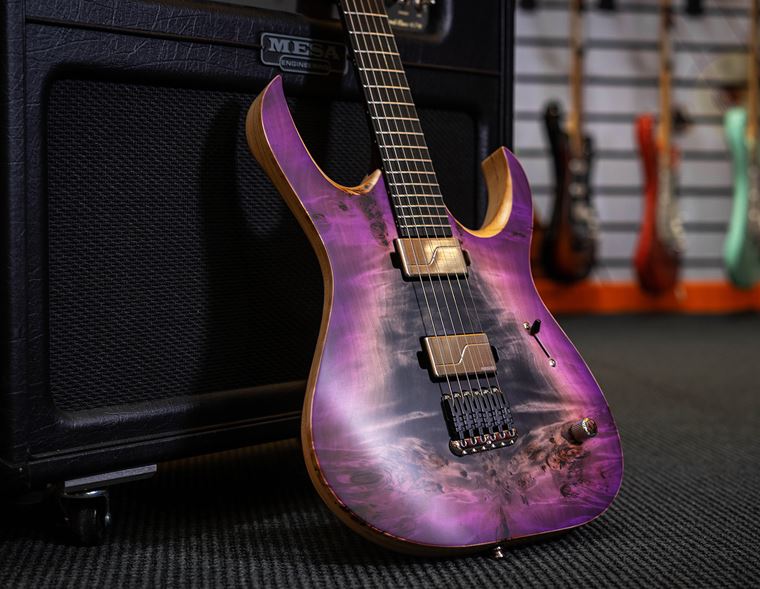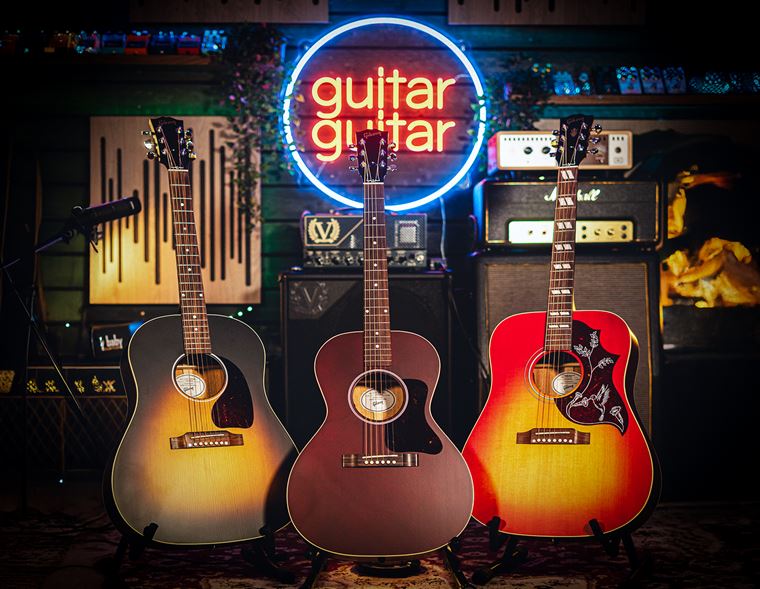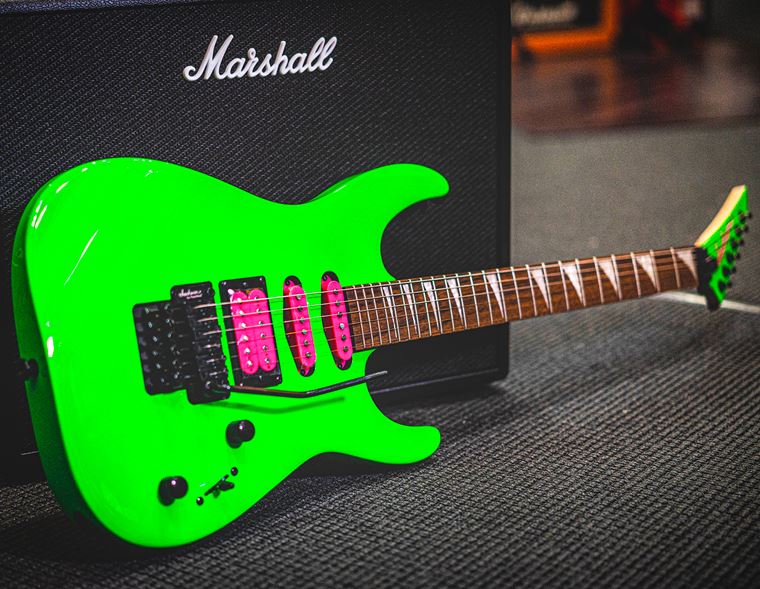What is Considered a Vintage Guitar?
What is considered a vintage guitar?
Typically, we think of golden-era instruments that have survived since the 50s and 60s: tiger top Les Pauls, Fiesta Red Strats and Blonde Teles. We all know these museum-grade axes, but is that really the whole story?
Far from it. Today, as ever, ‘vintage’ can mean different ages depending on what’s being assessed. For example, with furniture, it’s normally anything over 20 years, whereas with other collectibles it can be 50 years or older. There’s always a hard line drawn at the 100 year mark, which of course denotes an item becoming an antique.
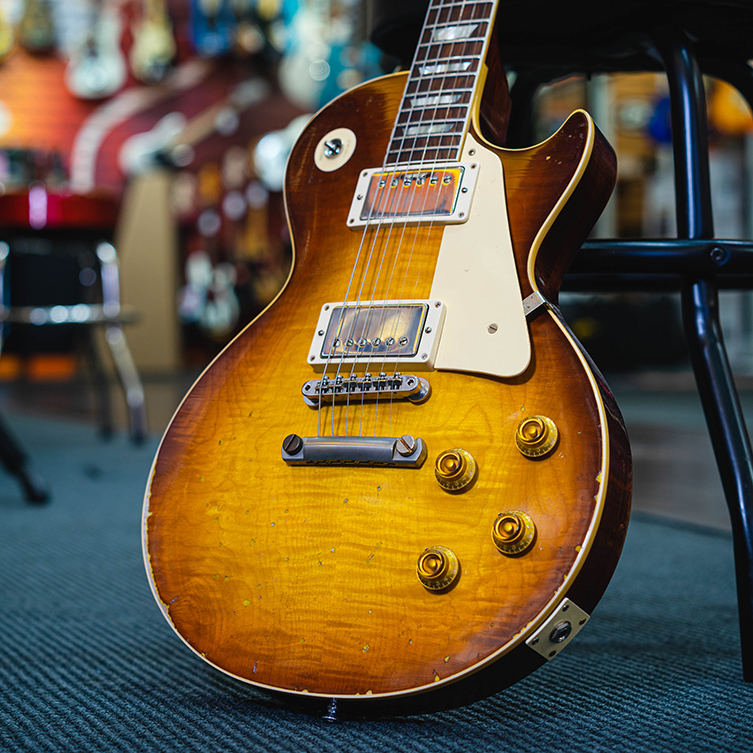
With guitars, there’s a little bit of dispute. Many people opt for a thirty year cut off for vintage items, but others tend to draw their line at 1980, meaning everything pre-1980 is vintage and everything after isn’t. We don’t really subscribe to that idea since it hardly takes into account the forward momentum of time, which of course affects everything. 1980 is now some 43 years into the past, so our thinking is more onside with the ‘30 years plus’ moving cutoff line.
The 80s and Early 90s
Using 30 years or older as our definition, we will find that what we initially considered to be ‘vintage guitars’ to be somewhat myopic compared with what the market has actually dictated over the years. The 80s have brought a whole slew of new guitar makers and boutique workshops, some of whom have now been around for almost four decades. For example, early period PRS guitars are extremely valuable, partly because the company is enormously well regarded and successful, and partly because PRS began in 1985, so those early years guitars are now legitimately vintage.
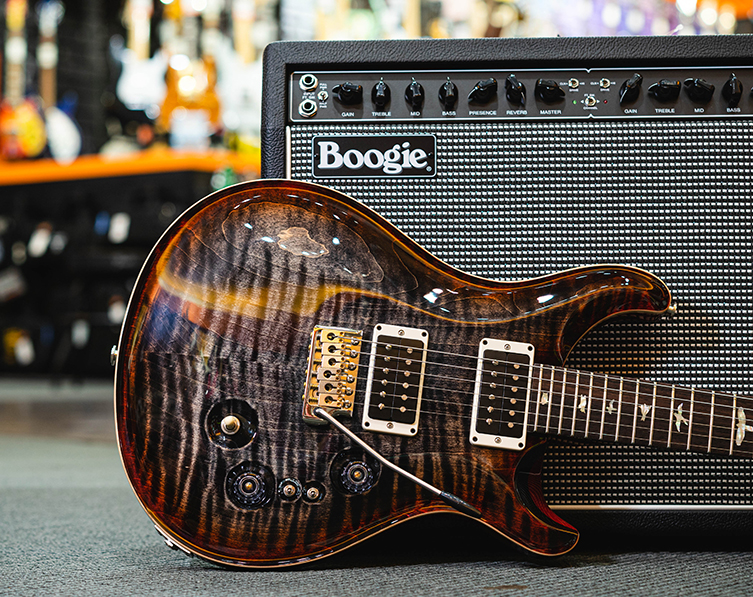
Brands like Ibanez were once in trouble every week due to lawsuits from other manufacturers, because their copycat 70s instruments were so accurate, not to mention well made! Throughout the 80s, they changed focus and built more original designs such as the shred machines like the JEM. Due to the eccentric nature of many JEM models, guitars like the 1988 Floral JEM - which used a floral pattern made from fabric underneath the finish to provide the ‘paint job’ - are fetching thousands and thousands of pounds on auction sites. They are rare, they are unusual and they are now vintage, so there’s a real market for them.
Quality Determines Value
With vintage instruments from the top brands (Fender, Gibson & Martin before anything else, in general terms), it’s often the mere age of the guitar that will determine its relative value. We’ve all played - or heard stories about - stupendously expensive vintage guitars that are actually pretty bad to play, or at least quite ‘blah’ compared to newer equivalents. Vintage does mean more valuable, but it hasn’t ever really meant ‘better’.
One area in which this is a little different is with a certain budget guitar brand from 1982.
Yes, we are talking about Squier, a low end budget subsidiary of Fender’s who ended up creating instruments that are actually better regarded than on-brand Fenders of the same period. As such, demand for certain eras of Squier - the Silver Series is often described in particularly flowery language - have risen far higher than anyone would have reasonably estimated. Whilst a 2002 Affinity series Strat is still just a cheap beginners’ guitar, a 1984 Fiesta Red Squier Stratocaster is a pretty big deal to the right people!
Vintage Replicas
For the last few decades, the guitar world has lived in a space where it’s not just a matter of new and old guitars. Many brand new instruments are designed and built - to one degree or another - in order to intentionally recreate classic old guitars. The fact that our favourite designs are all 60+ years old now anyway means that this is hardly a seismic shift in the marketplace, but it’s more about the replication of very specific guitars, right down to the dings and scratches, that make this area interesting.
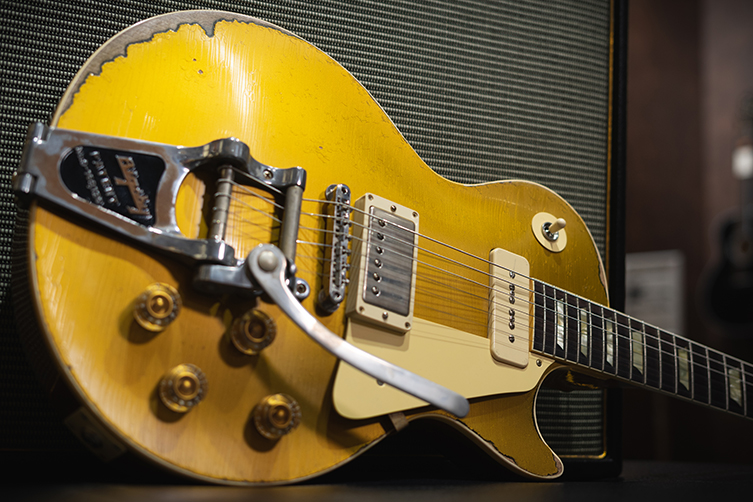
We all know about aged instruments, whether it’s a Fender Custom Shop Relic or a Gibson Custom Shop Tom Murphy guitar. These new instruments are pretty exact replicas of golden age Strats, Teles, Les Pauls and SGs. You’ll like them or you won’t, but the point is, pre-aged guitars have now been with us as a concept since the mid 1990s, making early examples very close to being vintage guitars themselves! We are entering an unusual area here, where artfully pre-aged guitars have now been on the planet long enough to be as old as the vintage guitars they were simulating!
What will this mean in terms of value on the marketplace? Well, time will tell, but it seems to us that high end, desirable instruments like Custom Shop Strats will always hold their value well, and after they become vintage themselves (and often a good few years before then), they’ll begin to appreciate in value. So far, the status of them as being ‘new’ relics when they were made doesn’t seem to be a factor.
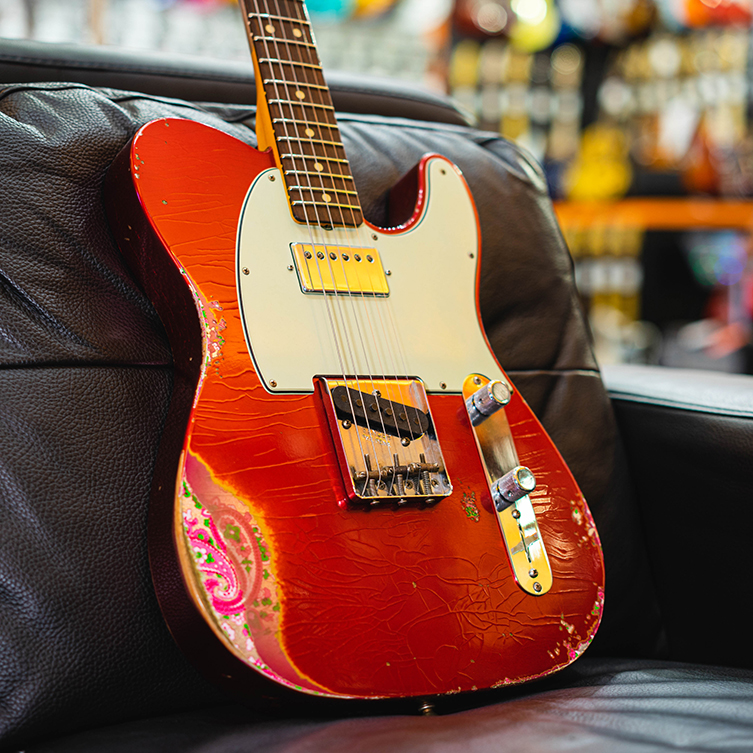
When is Old Not Vintage?
Do we agree, then, that all older guitars are vintage once they are 30 years old? Well, technically yes, but that doesn’t mean that they will automatically be valuable. The big brands will always head up any list of desirable vintage guitars, and that’s partly due to their long history and artist associations. This is not necessarily the case with other brands, though. Washburn, Eko, Aria Pro, Westone, Antoria…there’s a massive list of brands whose instruments are good quality, and they qualify as vintage in terms of age, but do not fetch massive sums on the second hand market.
Why is this? Well, whilst it’s tempting to say that country of manufacture is a contributing factor, that’s a little misleading. After all, we just mentioned that Ibanez are highly collectable, as are certain Squier models, neither of which are built in the USA. True, Japanese-made guitars are revered today, but that’s also something that has changed over the years, and has yet to really occur for Korean, Indonesian or Chinese guitars. Buying American is still a good idea for value retention, but there are plenty of American brands that don’t compare with the big boys on the vintage market.
So, it’s often the case that old guitars certainly qualify as ‘vintage’ but do not accrue that special vintage value. Why is the Ibanez JEM so popular, but, say, the Parker Fly isn’t? Both are pretty niche propositions, right?
We put it down to mostly scarcity and artist-association, but that isn’t the full answer. The truth is, we’ll never be able to completely determine which guitars become vintage favourites, and which will simply be old guitars.
How Vintage is Vintage?
The other big question in the vintage guitar world relates to restoration. It’s a rare thing to find an instrument from the 50s or 60s that has not been modified in some way. This of course affects the value: a refret is considered pretty minor in the grand scheme of things, but we’ve seen situations where Strats have had bodies belonging to one instrument and the neck from another; we’ve seen refinished Les Pauls with new frets, pickups, wiring and tuners; and so on. At what point does that vintage guitar become more ‘new’ than ‘old’? That’s a question for sellers and buyers to deal with, but it makes for a compelling point nonetheless.
Our good friend Jared James Nicholls was gifted a fabulous vintage 50s Les Paul which was in dire need of restoration. After the work was done, he ended up with an exquisite instrument indeed, but was it still strictly vintage? It’s hard to say. The good news is that Jared is a player, not a museum curator, and so he puts the guitar to good use on a regular basis!
Another great example would be the famous ‘Greeny’ Les Paul. Originally owned by Peter Green in his Fleetwood Mac days, it was then sold to Gary Moore, who used it for decades before selling it to private investors. Metallica’s Kirk Hammett raided his own bank vault to rescue Greeny from languishing in a similar vault, and it now goes out on tour with him, quite putting paid to the notion that vintage PAF pickups aren’t suitable for metal.
Anyway, how original is this particular guitar? Well, online forums will forever debate the situation with the neck pickup (a whole subject in itself, though most fans are fine with the notion that it is magnetically out of phase), so we’ll leave that area open to debate. Otherwise, the guitar has had it’s neck broken and fixed not once but twice, the tuners have been replaced as have two control knobs and the jack plate. We’re unsure about the frets but it’s a likely thing that a refret has happened, too. So, it’s not exactly all-original, nor is it pristine by any account, and yet it’s one of the most famous and valuable guitars in the world. Why?
Going back to what we said, it would seem to be scarcity and artist-association. There were less than 300 Les Paul Standards made between 1958 and 1960, and these are already known as ‘holy grail’ guitars. Peter Green was a big hero to many, as was Gary Moore. So is Kirk Hammet, so there’s a bit of an ‘Excalibur’ situation happening here, with these legendary greats passing the guitar down through the ages. On top of that, there’s the mystique surrounding the guitar’s unusual tone, so that helps, too. People love a story!
Buy New or Buy Vintage?
Well then, to buy new or to buy vintage? This is a good question, but the answer really depends on your needs and attitude. Some people simply want to own vintage guitars. It’s a collectable thing, and there’s a huge culture and fandom for people to get into, so it’s like hunting for prizes, really.
Others are looking for some sort of ‘mojo’, which is a word you’ll hear massively in vintage guitar circles. The belief that objects take on special properties due to simply being old. This is a personal one, and everybody’s take on ‘mojo’ is their own.
Then there are gigging players who want something excellent to play on. These people are perhaps the least likely to choose vintage instruments, since insurance can be eye-watering for such guitars to go on the road. Cheaper instruments (which may still cost thousands) are a more practical choice, and that also applies to players who already own vintage instruments but decide not to take them to gigs.
Also, it’s worth mentioning that vintage is not by any means better. Some vintage guitars are the best that have ever been made, but that’s hardly all of them. Lots of vintage guitars were bad from the moment they left the assembly line, and have simply endured through time to reach an (expensive) old age. Others may have been great but have suffered the ravages of time, with use, neglect or inadequate storage adversely affecting them.
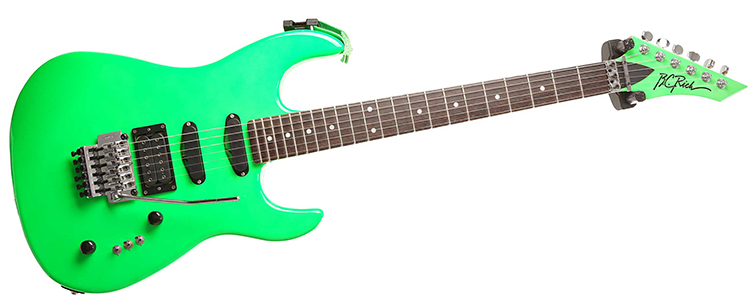
Therefore, buying a vintage guitar simply because it’s old is maybe not the best idea from a player’s perspective. That said, we mentioned earlier how a number of models from the 1980s and even early 90s are now considered (by most) as vintage, so this brings us to an era of building when precision and performance were king. Vintage Jacksons, Charvels, BC Rich and so on are tempting purchases for fans who haven’t the means for a ‘59 Les Paul, nor perhaps the inclination. Graphic finishes from this era are, like the JEMs we refer to, finding more than a niche audience. Perhaps the game is changing a little, or at least widening its horizons?
Either way, the vintage market is here to stay. It’s not as crazy as it was ten years ago in terms of prices, and there’s also a lot more variety, too. Whether you are in the market for a vintage guitar or are just a fan of the culture, it’s a very fun and interesting time!


